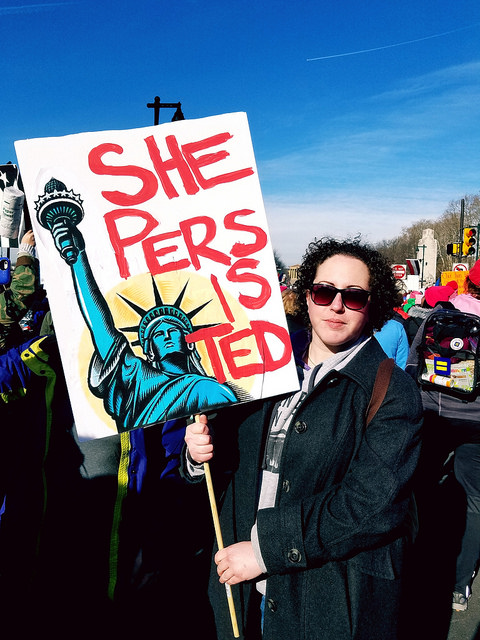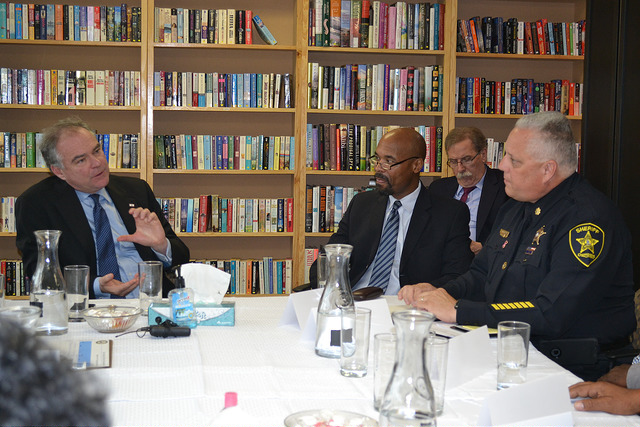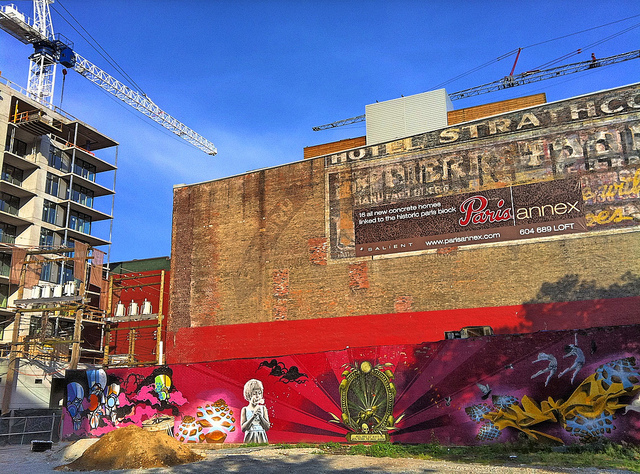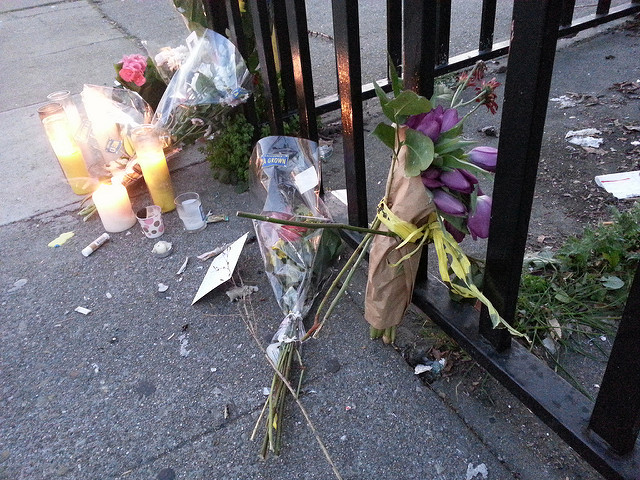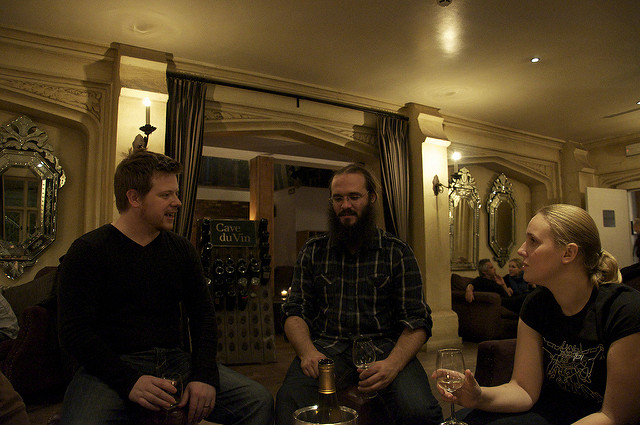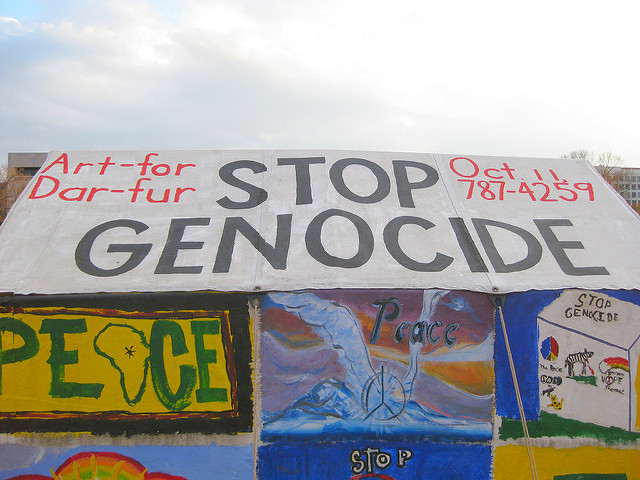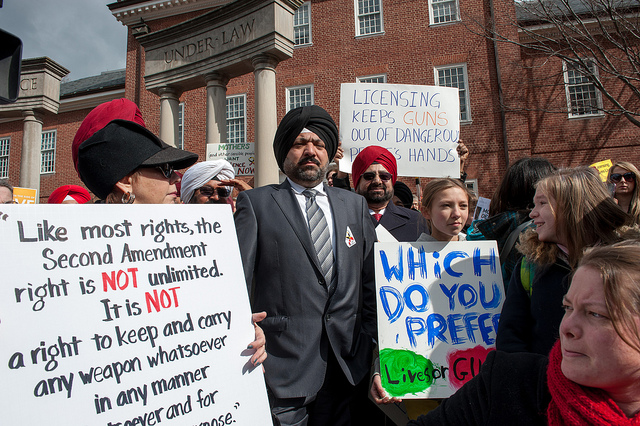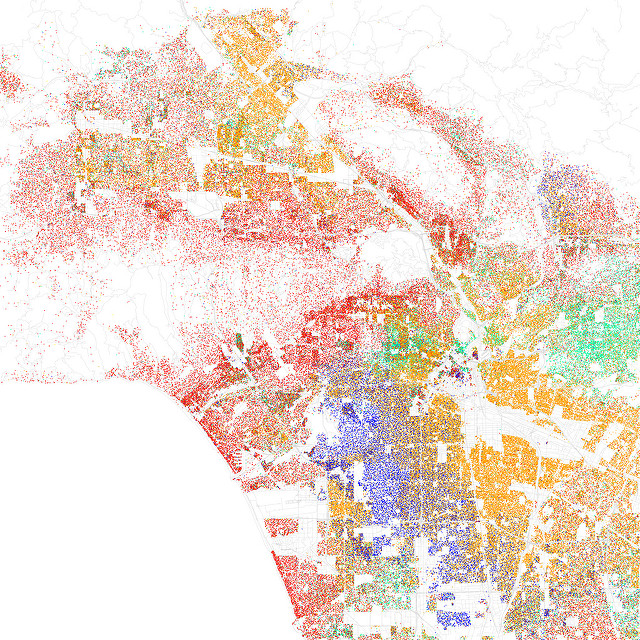
The United States Census is a trusted source for population data. But, like all large-scale survey projects, the census must make decisions about how to define and analyze elements for categorizing data, like racial group. In a recent article in The Washington Post, sociologist Richard Alba argues that the census over-estimates counts of racial and ethnic minorities, a move that can seriously affect politics and policies in the United States.
Alba particularly has a problem with how the census counts mixed-race youth. For young people from a mixed Hispanic and White background, the census only counts them as Hispanic, not as both White and Hispanic — similar to the age-old idea of the “one-drop rule” instituted for Black people in the United States. This way of counting leads to an over-estimate of Hispanics in the United States, and this may fuel White fears about becoming a minority in the near future.
Alba points out that, “distorted census data can result in inaccurate statements of ‘fact’ and misleading projections for the future.” Take, for example, President Trump’s desire to limit immigration from African countries and encourage immigration from European countries like Norway. Alba argues that the lack of fundamental changes to the 2020 census will only continue to fuel misperceptions about racial and ethnic change in the United States:
“Census statistics will continue to roil the public discussion of diversity, by exaggerating white decline and the imminence of a majority-minority United States. Political figures and pundits who oppose immigration and diversity could exploit that, peddling an alarmist narrative that doesn’t fit with the long-standing reality of mixing between immigrant and established Americans.”

